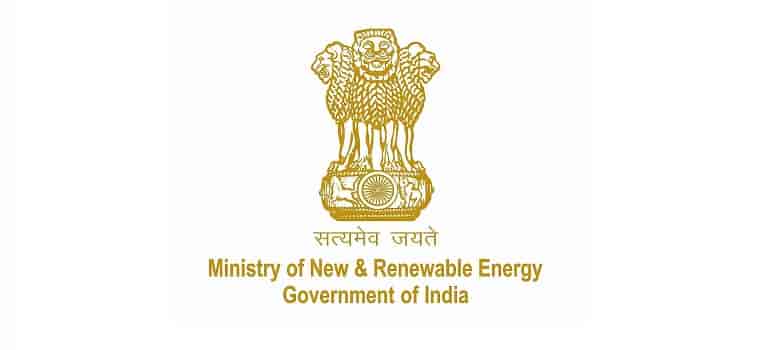Solar power leads the surge as India surpasses 100 GW installed capacity, strengthens domestic manufacturing, and accelerates green hydrogen adoption.
The Ministry of New and Renewable Energy (MNRE) has set a new benchmark in India’s clean energy transition by adding an unprecedented 25 GW of renewable energy capacity in the financial year 2024-25. This marks a remarkable 35% growth compared to the previous year’s addition of 18.57 GW, showcasing India’s accelerating progress toward sustainable energy under the leadership of Prime Minister Narendra Modi.
Solar Power Fuels Growth
India’s solar power sector played a crucial role in driving this surge, witnessing a 38% increase in capacity additions—from 15 GW in FY24 to nearly 21 GW in FY25. This achievement also pushed the country past the 100 GW milestone in total installed solar capacity, reinforcing its position as a global leader in solar energy adoption.
Strengthening Domestic Solar Manufacturing
Supporting the vision of Atmanirbhar Bharat, India’s solar manufacturing sector witnessed massive expansion. The country’s solar module production capacity nearly doubled from 38 GW in March 2024 to 74 GW in March 2025, while solar PV cell manufacturing capacity saw a threefold increase, reaching 25 GW. Additionally, India’s first ingot-wafer manufacturing facility (2 GW) became operational, further strengthening the domestic supply chain. Under the Production Linked Incentive (PLI) Scheme for High-Efficiency Solar PV Modules, investments worth ₹41,000 crore were made, creating approximately 11,650 direct jobs.
PM Surya Ghar Muft Bijli Yojana: A Game-Changer
The PM Surya Ghar Muft Bijli Yojana continued to empower households, benefiting over 11.01 lakh families by March 2025. The scheme disbursed ₹5,437.20 crore in Central Financial Assistance to 6.98 lakh beneficiaries, significantly promoting rooftop solar installations across the country.
Green Hydrogen Industry Sees Major Investments
India’s Green Hydrogen sector made remarkable strides with incentives worth ₹2,220 crore allocated for electrolyser manufacturing (1,500 MW per annum) and ₹2,239 crore for 4,50,000 tons-per-annum (TPA) of Green Hydrogen production. The National Green Hydrogen Mission also supported seven pilot projects in the steel sector with ₹454 crore and five pilot projects in the transport sector with ₹208 crore, leading to the introduction of 37 hydrogen-fueled vehicles and nine hydrogen refueling stations.
PM-KUSUM Scheme Breaks Records
The PM-KUSUM Scheme achieved record growth in FY25. Under Component B, 4.4 lakh solar pumps were installed, marking a 4.2-fold increase compared to the previous year. Under Component C, 2.6 lakh pumps were solarized, a 25-fold increase over FY24 figures. With over 10 lakh solar pumps now in operation, financial expenditure under the scheme surged to ₹2,680 crore, reflecting a 268% rise from the previous year.
IREDA Expands Clean Energy Financing
The Indian Renewable Energy Development Agency (IREDA) played a vital role in financing the nation’s green energy projects. Loan sanctions increased by 27% to ₹47,453 crore, while loan disbursements rose by 20% to ₹30,168 crore in FY25, further driving renewable energy adoption across the country.
India’s Global Renewable Energy Leadership
Union Minister for New and Renewable Energy, Pralhad Joshi, emphasized that India may have already become or is on the verge of becoming the world’s third-largest holder of renewable energy capacity. This achievement underscores Prime Minister Modi’s vision of a sustainable, self-reliant energy future.
PM Modi Lauds India’s Renewable Energy Milestone
Prime Minister Narendra Modi hailed India’s clean energy growth as a testament to the nation’s commitment to sustainability. Responding to a post by Union Minister Pralhad Joshi on social media platform X, he said, “A great development, illustrating the commitment of our people towards sustainability!”
With these remarkable advancements, India continues to solidify its leadership in the global renewable energy transition, reinforcing its commitment to a greener and more sustainable future.


